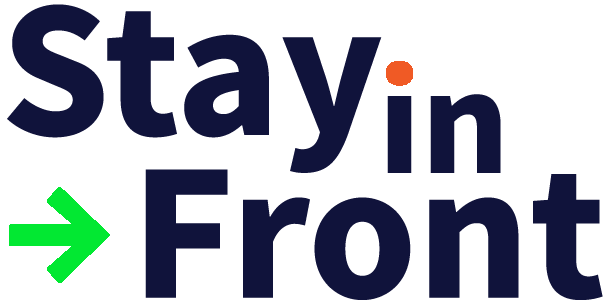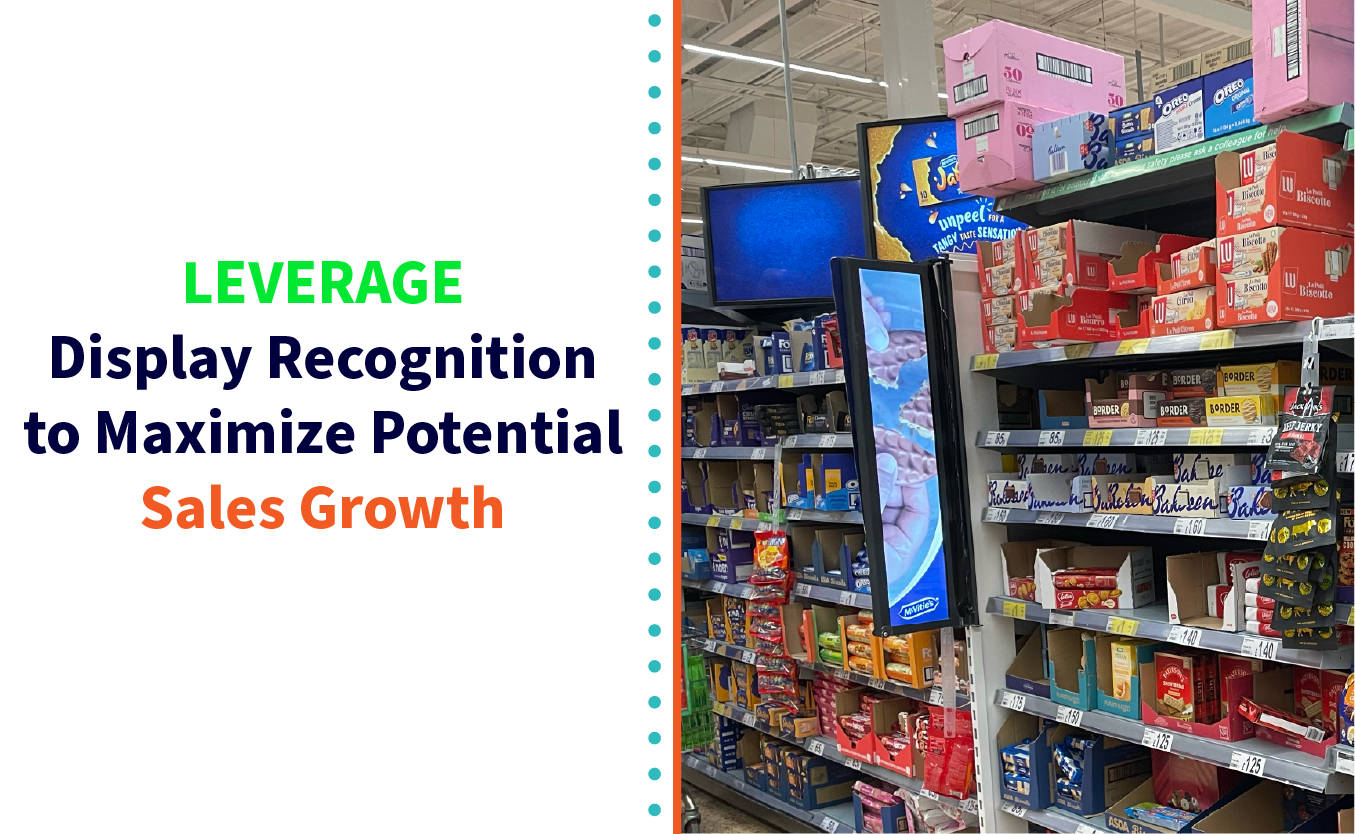HOW TO ENSURE YOUR RETAIL TECHNOLOGY SERVICES DRIVES GROWTH
By Derrick Jones
An industry partner once used the term “smarter, faster, flexible growth” to describe the vision we share in integrating retail technology innovation with new ways of working. A few principles of success can guide the path to growth, which may initially seem obvious but, in practice, require a client partnership to co-create a targeted solution that also accommodates front-line retail realities.
Let’s unpack this.
1. Understand Your Retail Ecosystem as You Confirm Scope
This is a big one. Too often, implementations focus on the technology alone, attempting to duplicate success achieved in another environment. One TPM project I led many years ago developed a functional design through numerous workshops. Only later did we see a “first draft” technical design offered by the integration partner based mostly on work done for a prior client in the same industry, thinking we would discover innovative thinking. Quite the opposite! In fact, we saw huge gaps in how the technology was proposed in relation to our ways of working.
There are many factors to consider with retail technology services to ensure “smarter, faster, flexible growth.” Are your field reps full-time or part-time? Are they employed by you or provided through a merchandising organization, dedicated, or syndicated coverage? How is the retail role mandate defined? What can and cannot be influenced at the store within each retail banner? How will you measure success? Understanding these factors is important in defining your functional design.
As an example, let’s consider ‘retail growth’ as our measure of success. That sounds like a plan! Now, we must go deeper. Is it store-level growth? Maybe a broader measure of territory growth? Or maybe a narrower, deeper look at which activities drive growth within a store. Then, look at probable drivers of success to understand which technologies might unleash that. Categories like baby food, spices, or condiments with many SKUs may benefit from digital audits to quickly identify any missing SKUs or confirm planogram compliance. Heavily promoted categories may deploy digital audits to measure display presence, use of POS material, share of facings, quality of shelf, etc.
Very large CPG companies with many categories and SKUs may benefit from machine learning analytics that identify retail execution gaps evident in store-level POS, inventory, and transit order data. Both point-in-time and trended outlier alerts can drive the focus of effort to improve F&D compliance and shelf rate of sale. Dynamic Routing can deliver 5% more value from your retail coverage by sending field reps to stores with the greatest opportunity with flexible call frequency while ensuring sufficient frequency to maintain store-level rapport and influence.
The technology solution we choose needs to target the growth opportunity we seek. What excites me about working with StayinFront is the reality that all these technologies live in a fully integrated solution. Data captured through various alerts, audits, surveys, digital images, and call data is integrated into an insights warehouse that enables deep learning analytics to inform growth opportunities further.
2. Secure Executive Sponsorship
This is a pillar of successful change management, but what precisely does this look like? Here are a few suggestions:
First, the obvious – know who they are. Next, ensure they are fully on board with the project scope and statement of work. Ensure they embrace the reality that technology innovation is rarely a smooth, straight line forward. The core team may need their support to work through deep learning hurdles as they co-create a successful solution, and executive sponsors need to back them up.
One thing sometimes overlooked is the need to ensure the executive sponsor effectively connects the core team to the broader organizational vision, goals, and functional teams. This was hammered home during a transformational moment in my earlier years as I learned what change management is all about. On a revenue forecasting solution, our core team was working in the head office. The Change Leader, Tim, assured me the entire organization was aware and supportive of the project. I knew this to be true among our sales and executive teams, including our president, but after learning that our warehouse manager was not aware, I, in jest, told Tim he was failing. A week later, I received a ‘thank you’ from that warehouse manager. He assured me we had his support, knowing there may be some initial bumps along the way in forecast accuracy as we onboarded the new solution. He would do everything he could to fill every order, no matter what, as we cut over. This was all in response to a “lunch & learn” session with Tim and the warehouse team. At this point, I began to better understand the role of change management and executive sponsorship.
3. Align Stakeholders on How to Measure Success
Know who your upline and downline stakeholders are for any “sales” system you implement. Key account teams are critical stakeholders as retail systems are set up. Finance teams are critical stakeholders in any TPM system. Supply chain teams need to understand sales forecasting solutions to ensure their support. Custom co-packed displays rely heavily on retail execution to ensure sell-through.
4. Embrace Deep Learning and Co-Create Your Solution
To quote a recent article published by Prompta, “The success of a technology implementation hinges on the active involvement and engagement of the business to co-create a technology solution that integrates seamlessly into (new) ways of working.” (1)
Once aligned on scope, engage with an eager willingness to tune your approach. If the scope is 80% right with sufficient detail, you have done an outstanding job! Consider the initial months of functional and technical design and user pilot as an opportunity for deep learning to co-create a sustainable solution. Track your process KPIs, like solution availability or on-time to users. Track your business KPIs, like “POS growth” or “time saved with digital audit,” and seek qualitative learning from front-line users. So often, an excellent solution will itself spark additional thinking about enhancements. All good learning! Momentum! Competitive Advantage! Keep going!
5. Seek Front Line Feedback from Subject Matter Experts
A key to watch out for in transformative projects is those waiting in the shadows to cast doubt along the way. One tactic is to exclaim, “We don’t do it that way!” as we integrate the technology solution into “new” ways of working. Another is “silence” as they wait for the moment to “find a problem too late.” Another is to find an exception and claim it to be a broad-based problem. Develop a “Subject Matter Expert Group” to guide the co-creation and act as positive ambassadors of change. They will be essential in getting it (mostly) right, standing up to any doubting peers (the right way), and helping to bring them along.
At StayinFront, our Retail Optimization Platform enables a fully integrated data and technology solution that can scale from more simplistic call planning and execution to a very robust Intelligent Guided Selling approach to retail. We partner with clients to innovate and win together. Reach out any time to arrange a “discovery dialogue” to learn more.
Source:
(1) https://prompta.ai/en/leading-a-successful-technology-transformation-project/







